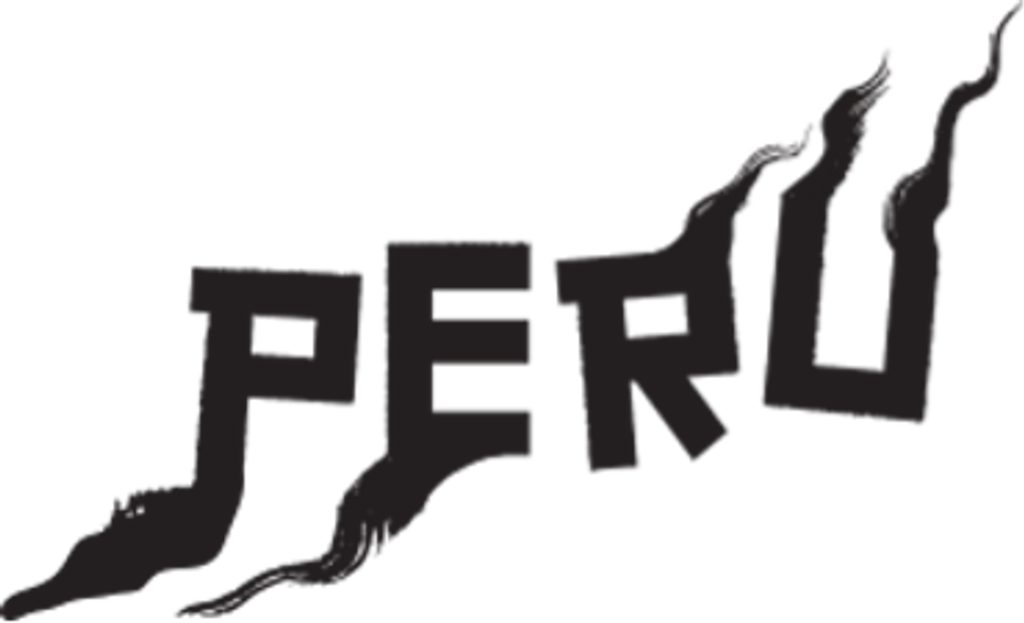
Peru Washed
In the world of specialty, Peru was a once forgotten origin. With a focus on fairtrade certifications and blending as common practice, Peru was more geared towards the dark roast blend market. However, getting tossed into those blends were some super high quality coffees that stand out on any cupping table. Farmers were incentivised to put more time into producing these higher quality crops for more money and more resources.
Peru has ten growing regions, with Cajamarca being the most prosperous - sitting at 2000 masl; however it’s good to note that it’s not only at the higher elevations that incredible coffees are being produced, with many gems being grown at 1600 masl and even lower!

